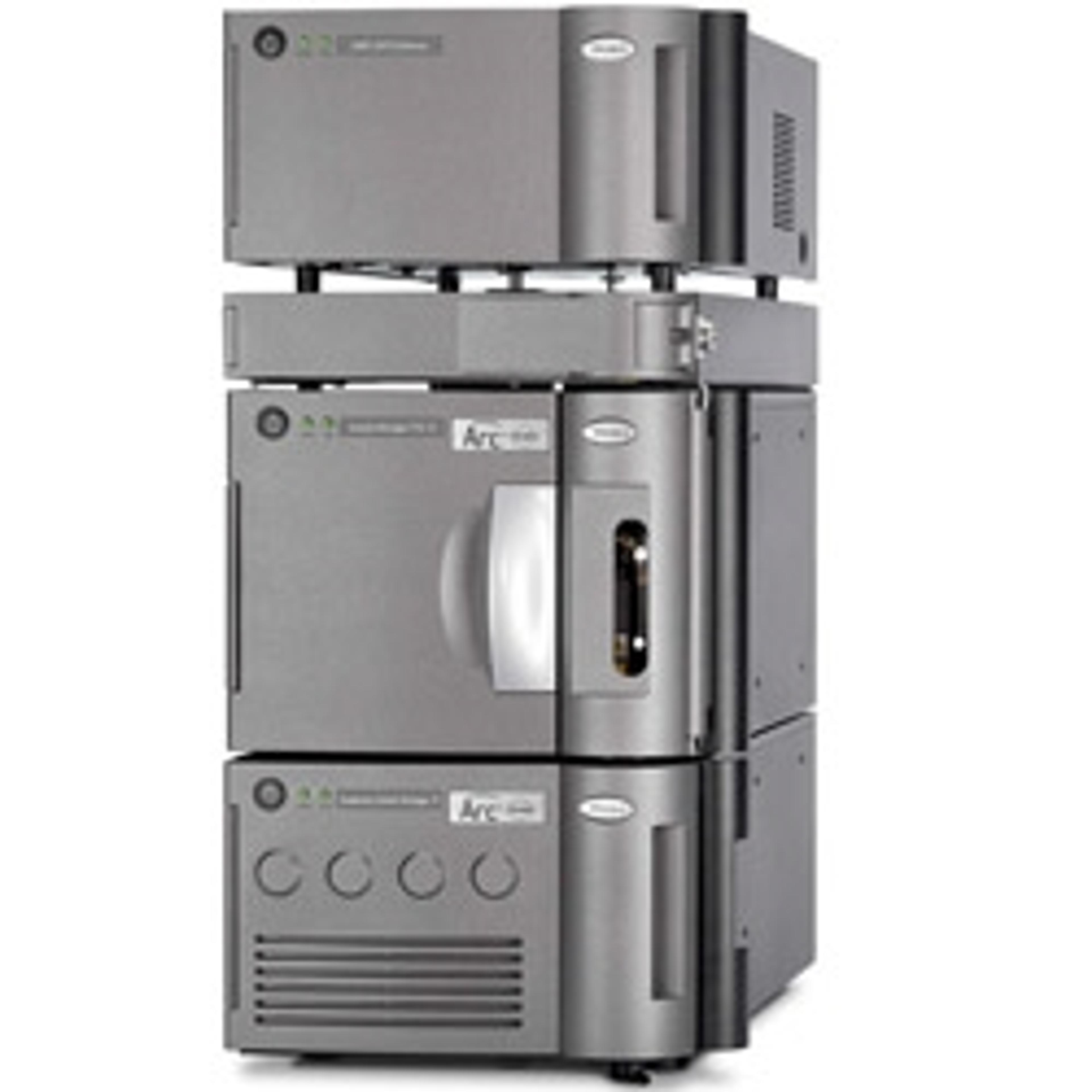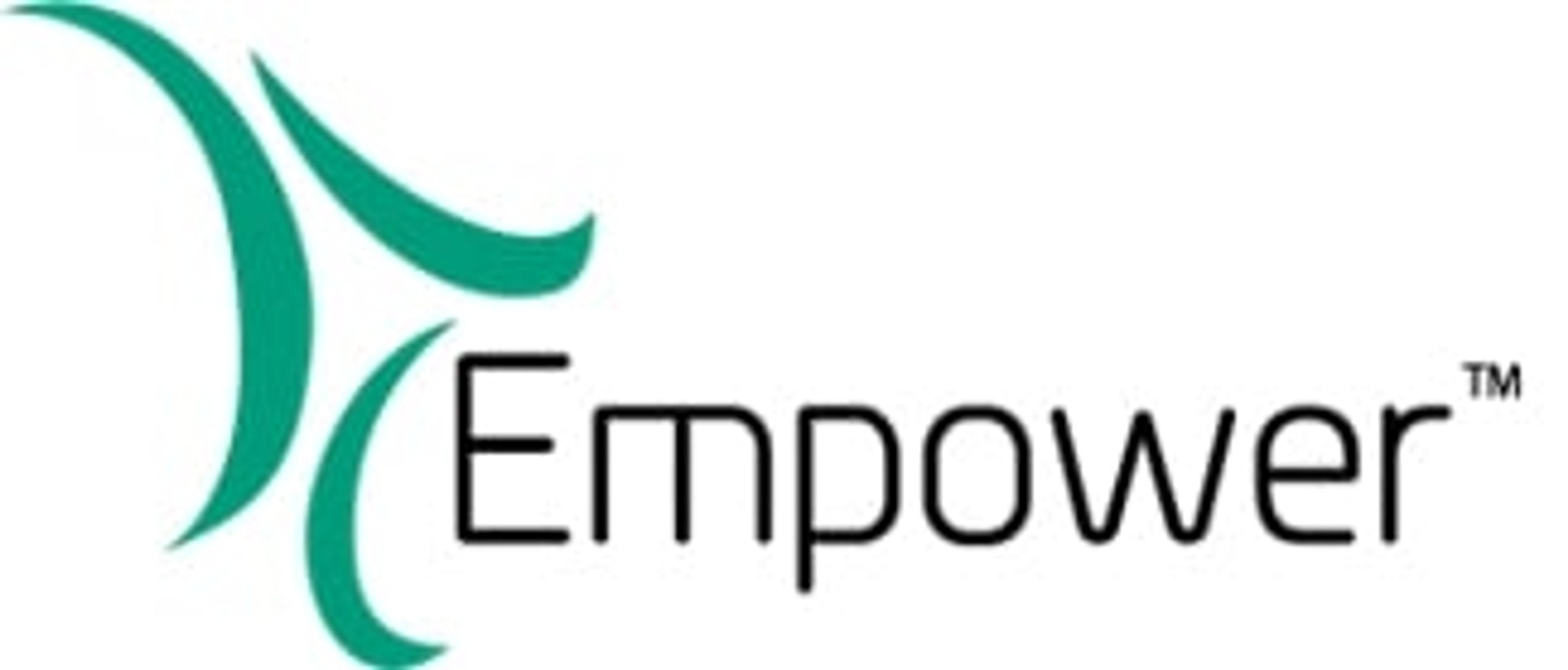A new era of chromatography: Improve your accuracy, sensitivity and precision with redefined HPLC/UHPLC system technologies
Watch this on-demand webinar to learn how to improve the quality of your data and increase chromatographic reproducibility and throughput
11 Jul 2021
Are you struggling to meet tightening compliance requirements due to challenging methods, poor reproducibility, and compromised data quality? Are your timelines becoming increasingly difficult to meet? Are you ready for new possibilities and the next era in HPLC/UHPLC? Do you get different results when running the same method in different laboratories?
In this SelectScience® webinar, now available on demand, join chromatography experts Douglas McCabe, Dr. Jason Dyke, Fabrice Gritti and Jonathan Pratt from Waters as they introduce a new HPLC/UHPLC solution that is designed to dramatically improve your data quality and increase chromatographic reproducibility and sample throughput. They also show you how you can reduce analytical uncertainty, cut operating expenses, and meet your sustainability goals.
Read on for the live Q&A session or register to watch the webinar at a time that suits you.
Q: Why should acetonitrile (ACN) not be kept on the LC system for two to three days?
DM: The greatest problem is not acetonitrile (ACN) sitting in a mobile phase container on LC systems for two to three days. The problem is bacterial growth and occurs when 100% aqueous mobile phase is without organic modifiers such as ACN and stored then for extended periods of time. As far as ACN sitting in a mobile phase container as an additive in the mobile phase, it is more volatile and the concentration can change slightly over a few days as the ACN evaporates as compared to water.
Q: What other mobile phase is used in the adenosine and dexamethasone applications and does most of the metal surfaces in the system come from the column frit?
JD: The mobile phase is in adenosine applications is ammonium formate with water and acetonitrile separation. The metal surfaces in the system come from two main areas: the column frit and the column's bore.
Q: Will there be any differences in the conventional HPLC due to the Arc Premier System?
JD: The Arc Premier columns have high-performance surfaces on them and that is part of the solution. if you put a conventional LC column on the Arc Premier solution it will reintroduce some of the metal binding as there are metal surfaces within the column. Therefore we strongly recommend using the Premier columns with the Arc Premier System for optimum performance.
Q: What precautions should be taken with the Arc Premier System compared to conventional HPLC?
JD: The Arc PremierSystem has the same kind of compatibility as conventional HPLC with different mobile phases. The only difference is there is a slight adjustment of the tolerated pH ranges, but the pH ranges are nearly identical for the systems, therefore no additional precautions are required.
Q: What type of surface technology is implemented in the columns that avoid interaction between the analyte and metal?
JD: The MaxPeak High-Performance Surfaces is a new and innovative technology that's designed to increase the analyte recovery, sensitivity, and reproducibility and it does this by minimizing the analyte-to-surface interaction which can lead to sample losses. This technology is based on a hybrid organic and inorganic surface. In both the ACQUITY Premier and Arc Premier Systems and columns, we apply MaxPeak High-Performance Surface. It prevents the compounds from absorbing to metal surfaces by protecting and it does this without sacrificing any of the performance.
Q: What are the flow range, temperature range, and injection range of the Arc Premier System?
DM: The flow rate is 0.01 to 5 ml a minute, with a temperature range of 4 to 90 degrees Celsius and an ejection range of 1 to 50 ul as standard, with an optional upgrade to 1,000 microliters with additional extension aids.
Q: Does the Arc Premier System have the same surface treatment as the ACQUITY Premier System and do you need special connection tubing?
DM: Yes, it is the same surface treatment as in the ACQUITY Premier System and you do not need any special connectors.
Q: Do you recommend using these systems generally even for compounds that are not metal-sensitive and replacing current systems with this one?
DM: Yes, we recommend using these systems even for applications with no metal-sensitive analytes. With an eye towards the future in risk mitigation, whereby the subsequent methods could contain metal-sensitive analytes, metal-sensitive metabolites or breakdown from products, but currently you cannot observe these with your typical LC system.
Q: What is the difference between this new system and bioinert systems?
JP: The terms bioinert and biocompatible refer to the resistance to corrosion from mobile phases or high salt concentrations. Manufacturers in the LC systems market this as helping with recovery, however, this doesn't always materialize for these types of conventional LC materials. MaxPeak High-Performance Surfaces are more inert and nonreactive to metal analyte interactions. The Arc Premier System, being built of the materials of the Arc Bio System, contains both anti-corrosive properties and the inertness to metal sensitivity with regards to metal-sensitive analytes.
Q: How does this fit in with your new ACQUITY Premier System?
JP: The decision on which system is best for your application will depend on the particle size of the column of your method or what your organization chooses to work with, which could be either 2.5 microns for Arc Premier System or sub-2 microns in terms of ACQUITY Premier System. From another perspective, many laboratories run a mix of both routine and complex samples and applications. Often the Arc Premier System will be ideal for both cases, especially if the amount of performance increases you can adapt to the legacy methods are limited. For users running very complex analyses and not tied necessarily to legacy HPLC methods, the ACQUITY Premier System may be a more ideal choice.
Q: What software does this system work with?
DM: The software that is compatible with the Arc Premier System is Empower and MassLynx.
SelectScience runs 10+ webinars every month, discover more of our upcoming webinars>>


